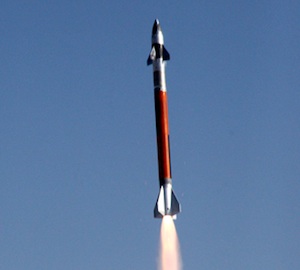
The US Army is seeking to field a new air defense system comprising two types of missiles, capable to protecting military forces against cruise missiles, unmanned aerial vehicles (UAV), Rockets, Artillery and Mortars. The development of the truck mounted system is part of the ‘Indirect Fire Protection Capability Increment 2 Intercept (IFPC Inc. 2-I) Program of Record, designed to improve force protection for rapid deployment forces on contingencies beyond 2020.
Last month the Army successfully tested the Multi-Mission Launcher (MML), launching three different missiles from the MML Demonstration Unit at the White Sands missile range in NM. The MML is designed to carry 16 missiles in sealed, ready-to-launch canisters. As a modular open system, MML will be able to use different interceptors to provide the necessary protection, depending on the threat level encountered by the troops.
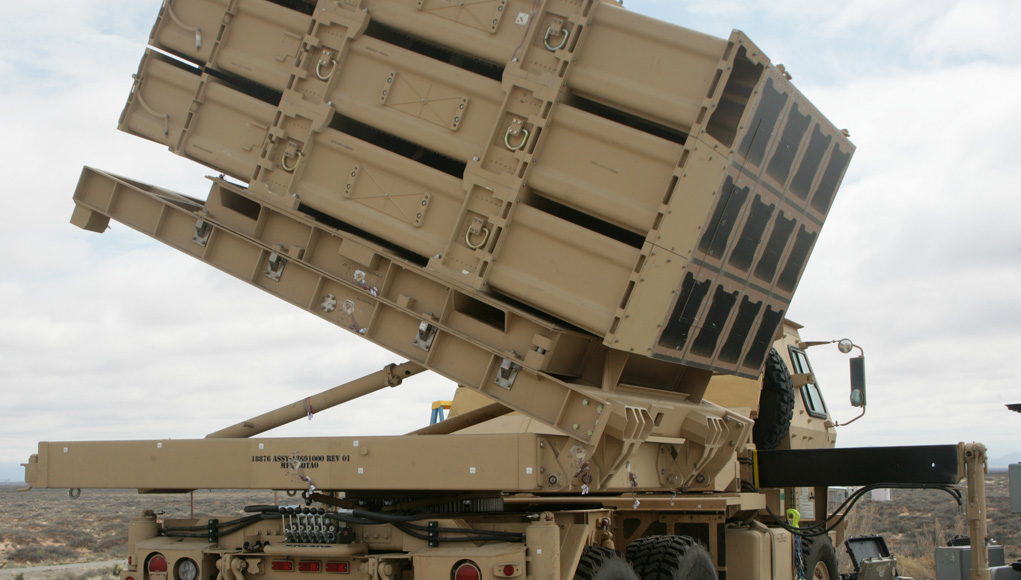
Multi-Mission Launcher
The Army has already implemented the multi-mission launcher approach in the High Mobility Artillery Rocket System (HIMARS) and Avenger mobile air defense system. Once deployed, the new MML is expected complement the Avenger in the air defense units.
The recent test, conducted under IFPC Inc. 2-I, launched three different missiles – an AIM-9X Sidewinder air-to-air missile, another missile carrying a ‘Low Cost Active Seeker’ developed by the US Army, and the Miniature Hit-to-Kill vehicle carrying semi-active seeker, developed by Lockheed martin under the Extended Area Protection and Survivability (EAPS) program. The AIM-9X missile was employed against a UAV flying in a pattern, the other two missiles launched from the MML flew ballistic trajectories.
The test verified the MML tube integrity and the systems’ missile stack integration. The full capability of the system, demonstrating the concept’s network performance is scheduled for 2016, using two MMLs against UAVs and cruise missiles. The Army plans to field the system in 2019.
Developed under the Army Aviation and Missile Research, Development, and Engineering Command (ARMDEC), the MML program is underway to deliver the two prototypes for integration into the IFPC Inc 2-I system during the forthcoming technology maturation and risk reduction phase of the development. “The IFPC system will close critical capability gaps for the Navy and the Air Force. Seeing the launcher come together is very rewarding.” Lt. Col. Mark Talbot, IFPC Inc. 2 Project Manager commented.
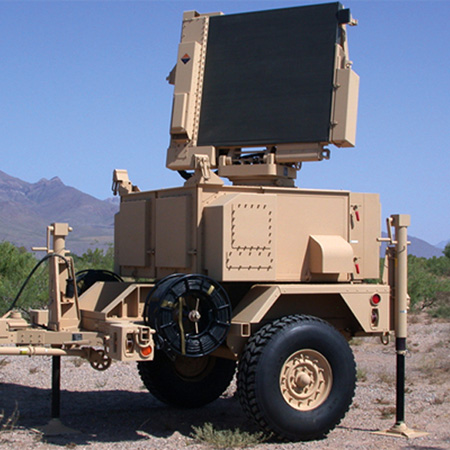
Sensors, Command and Control
MML is built on open architecture and will have the capacity to launch a variety of interceptors to provide 360-degree protection against simultaneous threats from rockets, artillery, mortars, precision guided ordnance, cruise missiles and unmanned aircraft systems. IFPS will become part of the Army Integrated Air and Missile Defense (IMAD) Battle Command System (BCS) which also follows open-system architecture. IMAD will be able to allocate target data through the Engagement Operations Cell which links to Sentinel target acquisition radars, acting as the integral fire control sensor for IFPS.
The Improved Sentinel (AN/MPQ-64F1) is a 3D phased array tactical air defense radar developed by ThalesRaytheon Systems. It automatically detects, tracks, identifies, classifies and reports airborne threats. It detects helicopters, high-speed attack aircraft and cruise missiles over 360°. IFPC Inc. 2-I will fund the software upgrades to support the current Sentinel’s counter UAS and CM mission.
More than 200 systems have been ordered worldwide, with more than 100 delivered or in production. Future enhancements currently in development include an 80 percent increase in the radar’s detection range.
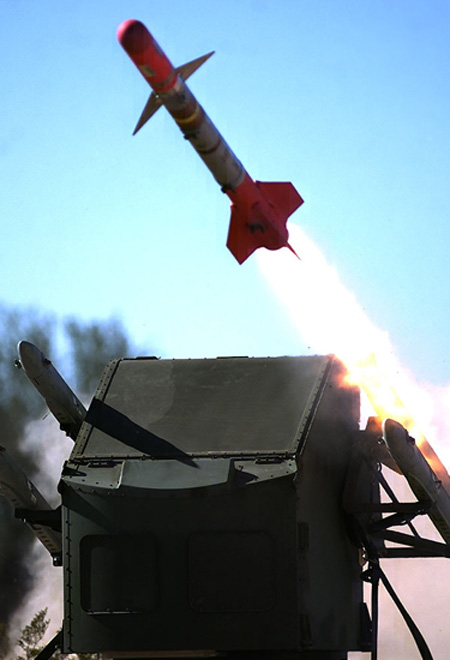
Testing the Interceptors
For the C-RAM interceptor the Army evaluated two different approaches – a brand new Miniature ‘Hit To Kill’ (MHTK) interceptor, developed by Lockheed Martin and a weapon based on remanufactured Sidewinder missiles developed by Raytheon under the Accelerated Improved Interceptor Initiative (AI3). According to Lockheed Martin, The MHTK guided missile is about 675mm (27 inches) long, 40mm (1.6 inches) in diameter and weighs just 2.26kg (5 pounds). It is expected to cost below $16K. Raytheon did not publish cost estimates for its weapon. Both weapons were tested in 2012-2014 demonstrating their C-RAM capability against representative targets.
In the Summer of 2014 the AI-3 weapon conducted an intercept of a cruise missile, during the annual ‘Black Dart 2014 demonstration’. The missile used a new semi-active seeker and radar to acquire and intercept the target flying low over the sea in a high clutter marine environment.
Few months later the Army found that the latest AIM-9X with its passive imaging-infra-red seeker would best address the unmanned aerial systems (UAS) and cruise missile threats. This has lead to the use of the Sidewinder in the current test. “The AIM-9X is primarily an air-to-air missile, but it has potential latent capability, and we’re using it here in a surface-to-air capacity. Additionally, this is the first time we’ve ever tried to launch it out of a tube,” said Lt. Cmdr. Robert Betts, US Navy AIM-9X Block II Integrated Product Team lead at PMA-259 China Lake that supported the test. “The Army needed to prove that the tube is reusable and that it could withstand the missile fly-out; making sure the missile didn’t act as a blowtorch, cutting the tube in half on the way out.”
New Active RF Seeker
For the C-RAM application the Army is planning to use a new, fully active RF seeker developed by AMRDEC. “We have gone from a semi-active seeker configuration to an active seeker configuration to eliminate the need for a ground-based illuminator,” Loretta Painter, AMRDEC EAPS program manager said. Testing of interceptors equipped with the fully active RF seeker is expected next year (2016).
The active RF seeker self illuminates the target, thus enabling any ground-based or airborne sensor capable of tracking rockets, artillery, or mortar to queue the interceptor. Once launched, and based on this queuing, the missile flies autonomously to engage and defeat the threat.
While more expensive than the semi-active seeker, the fully active seeker provides greater precision needed for other potential target sets. “Being able to hit a vulnerable part of the target as opposed to just hitting the target is a big advantage,” Painter said. “The active seeker will allow us to have aim point selection, to be able to select the place on the target that we want to hit to maximize lethality.”
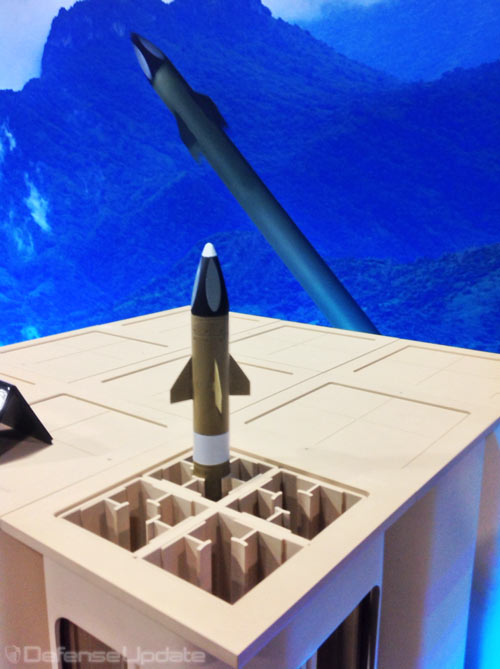
In January 2015 the Army awarded Lockheed Martin a $46.5 million contract to conduct an integrated demonstration of its miniature missile, as part of the Army EAPS, demonstrating its C-RAM capability and cruise missiles and unmanned aerial vehicles (UAVs) interception.
The main advantage of MHTK, besides its low cost, is the larger Load out it offers for each MML. With four MHTK missiles integrated into each tube, the system can hold 15 tubes – or 60 interceptors – a critical capability in combating saturation attacks, with multiple simultaneous engagements, characteristic of RAM threats. It also allows stacking few larger missiles with dozens of miniature interceptors.
Following the planned demonstration the Army expects to unfold EAPS into the IFPC Inc. 2-I program, meeting the systems’ Block-2 phase fielding credible C-RAM, in addition to Block I Counter Cruise Missile and UAV capability, to be fielded in two active duty and seven National Guard battalions beginning in 2019.



















